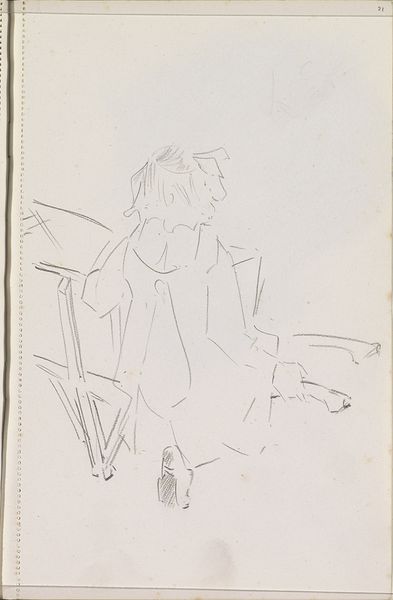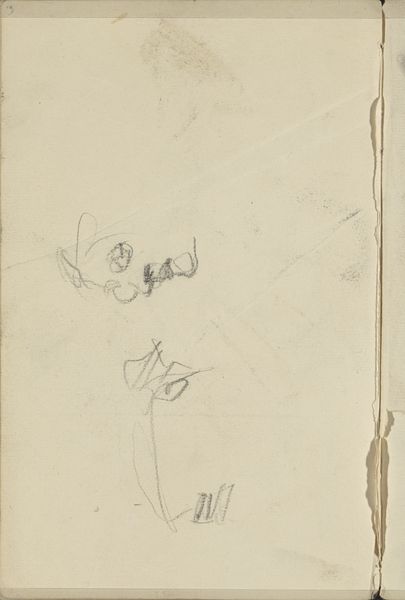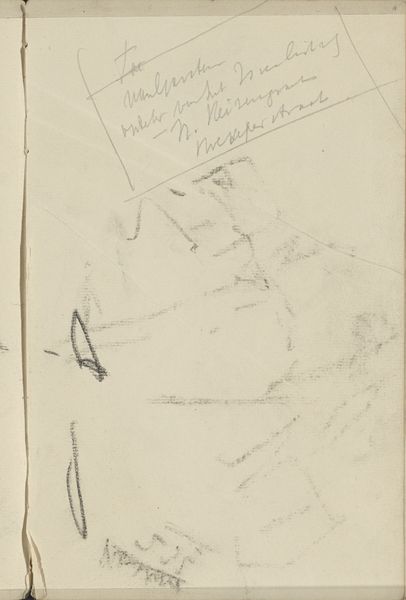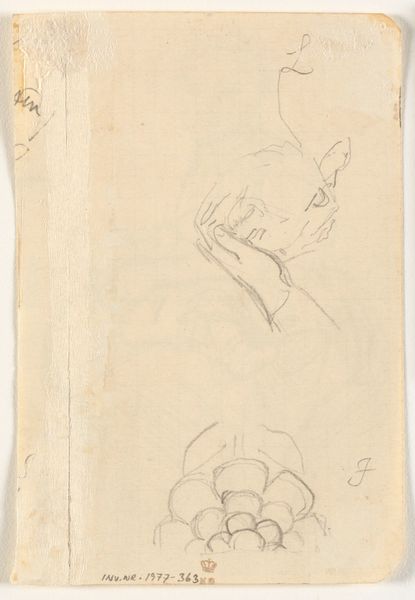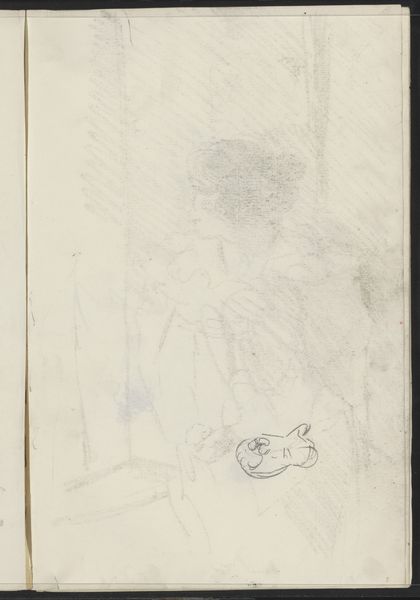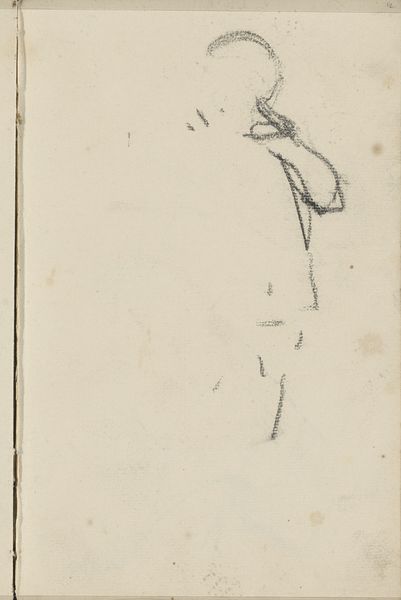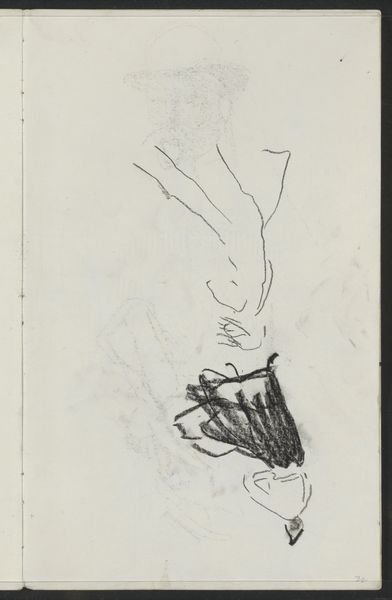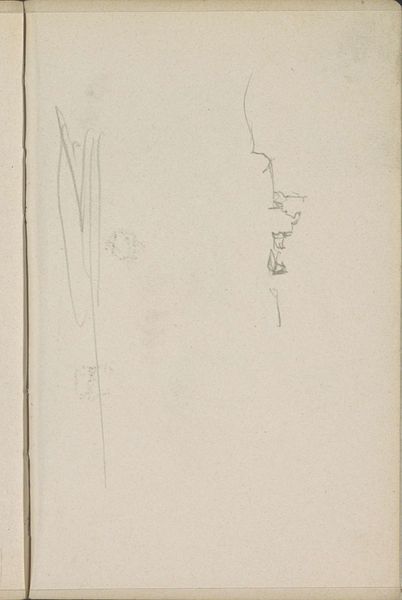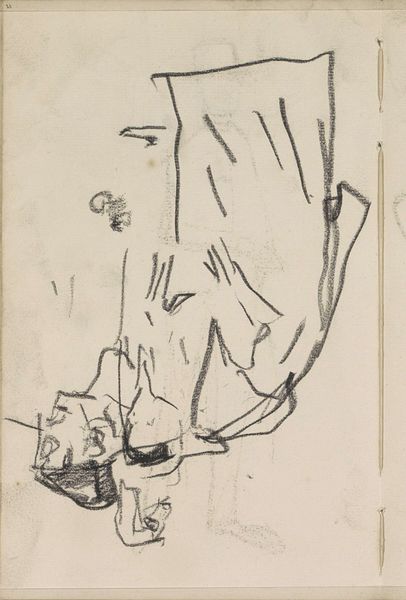
drawing, paper, pencil
#
portrait
#
drawing
#
figuration
#
paper
#
pencil
#
line
#
modernism
#
realism
Copyright: Rijks Museum: Open Domain
Curator: This drawing is titled "Jongen schrijvend in een schrift," or "Boy Writing in a Notebook," by Otto Verhagen, likely created between 1928 and 1930. It's rendered in pencil on paper. What strikes you about it initially? Editor: There’s an interesting combination of focus and fragility in the image. The sharp lines defining the boy's concentration contrast with the hazy, unfinished quality of the sketch. Curator: That fragility resonates with me. The loose lines convey not just realism but something of the boy's fleeting inner world as he writes. The act of writing, after all, has long been linked with notions of self-expression and historical record. Here it could be a stand-in for both learning and the assertion of a young identity. Editor: Precisely. This also speaks to the cultural politics inherent in education itself during the late 1920s. Who was being educated? What were they being taught? And how did literacy empower or constrain them within the prevailing social structures? Verhagen’s rendering allows us to consider not just the universality of the “student” figure, but also how socio-political factors determined access and experience of educational infrastructures. Curator: The almost diagrammatic style further underscores your point. There's a stark, utilitarian quality here that pushes against sentimentality, yet still invites our gaze. In that vein, even the use of pencil and paper adds another layer. This wasn’t intended as a fully finished product, per se, but seems like it served a distinct didactic purpose. Editor: Absolutely. And look at how the artist captures the particular slump of a child engrossed in their work—the curve of the neck, the hunched shoulders. The negative space surrounding the boy seems deliberate, accentuating his isolation and focus. In a modern context, it seems pertinent to think of Verhagen’s subject laboring to shape something meaningful despite the pressures of circumstance. Curator: I hadn’t considered the implications of the composition in that way, but the positioning certainly invites deeper pondering. In some sense, isn’t art also an act of labor in its own right? There is, at base, a raw transfer of internal states onto a tangible thing, no matter the medium. Editor: Well, perhaps that’s the beauty of Verhagen’s sketch. It lays bare the intersecting spaces between interior thought and the construction of culture and self. It encourages viewers to actively consider their relationships to past and future, not just the immediate "now". Curator: Indeed. This piece leaves me with a lingering appreciation for both art and education as quiet acts of world-making.
Comments
No comments
Be the first to comment and join the conversation on the ultimate creative platform.
